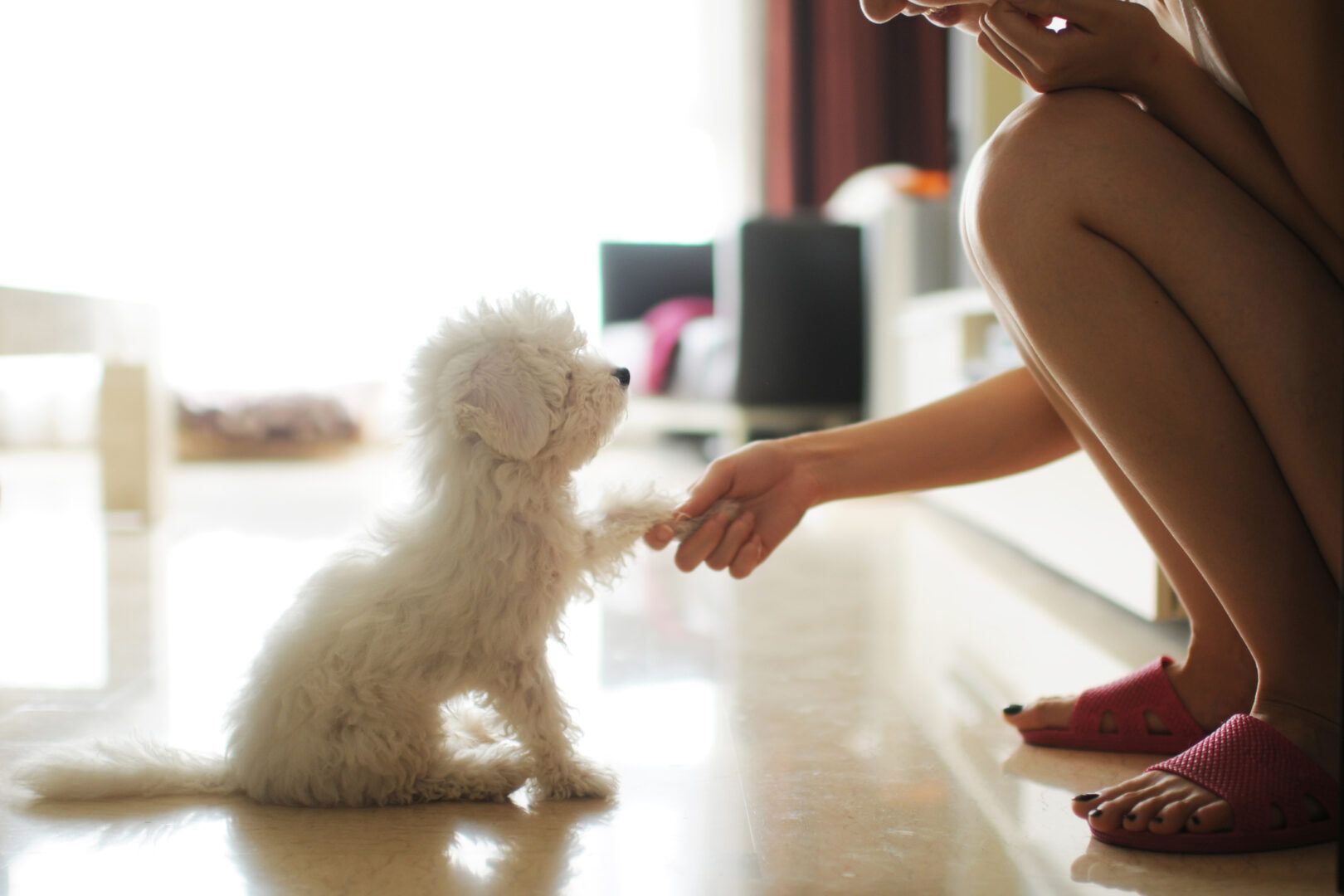Many pet owners regard their furry friends as members of their family. Thus, when a new significant other enters the picture, you can expect that it will be more than just a relationship milestone for you. It’ll also be a big change for your pet, who’ll need to meet and get to know your new partner just as much as your human family members will.
Introducing your dog to your partner can be a delicate process that will set the tone for future interactions and even affect the overall dynamics of your collective relationship. To that end, here are some practical tips for dog owners on how to navigate this important meeting with great success, ensuring comfort and happiness for all parties:
1. Discuss Pet Dynamics Beforehand
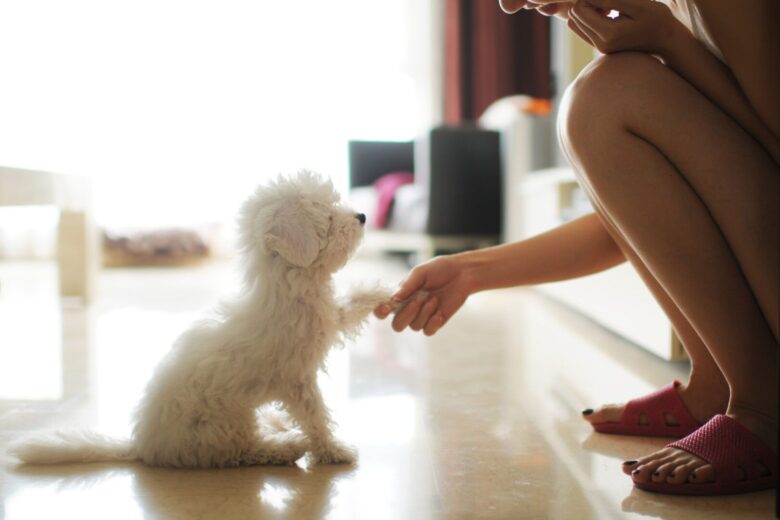
Before your partner is due to meet your dog, it’s best to sit down with them and discuss any notable traits and behaviors that they should be aware of. Does your pet get anxious around new people? Are there specific noises or actions that might spook them? Knowing these details will arm your partner with the right knowledge to make a good first impression. You won’t just avoid uncomfortable moments, but will also empower your significant other to build a lasting bond with your beloved pet.
In addition to behavioral traits, it might be useful to share information about any routines or commands that your dog is accustomed to. For example, if your dog is trained to sit before receiving a treat, informing your partner about this can help keep the meeting’s atmosphere secure and consistent with your dog’s prior experiences with you. Remember, your new partner doesn’t know your pet as well as you do, so these insights will be invaluable in ensuring a smooth first encounter.
2. Keep Your Dog Leashed Initially
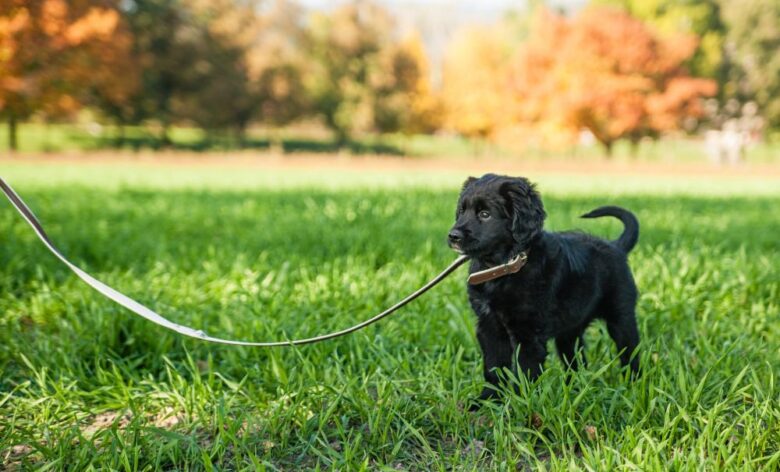
Initial meetings should be carefully controlled so that you can guarantee the safety and comfort of both your dog and your significant other. One practical way to achieve this balance is by keeping your dog on a leash during their introduction to your partner check on this site. Leashes and martingale collars allow you to easily step in and manage the situation if your dog becomes too excited or anxious. Rather than confining or constraining your dog, you’ll be able to create a secure environment where both your pup and your partner can comfortably interact.
While a leash offers control, it also allows your dog a degree of freedom to explore and make the first move. Let your dog sniff and circle at a comfortable distance before allowing closer contact. Your partner should also avoid sudden movements or loud noises, which could startle the dog and create a negative first impression. A leash helps facilitate this calm and careful approach while still permitting your dog the liberty to initiate when they’re ready.
3. Meet in a Comfortable Environment
A neutral territory, such as a park or an open field, offers an excellent backdrop for the first meeting between your dog and your partner. In a familiar yet impartial environment, your dog is less likely to feel territorial or defensive, setting the stage for a more relaxed interaction.
If an outdoor meeting isn’t feasible due to weather or other logistical concerns, then a controlled indoor setting can also work. In this case, try to choose a room that is free of distractions and triggers for your dog, like their favorite toy or food bowl, which might otherwise divert their attention or make them feel possessive.
When meeting indoors, remember that even your home can become a new environment for your dog when a stranger enters it. Make the setting more welcoming by eliminating unnecessary distractions, such as loud TV sounds or the presence of other pets that might vie for human attention. This consideration will help your dog focus on the new person and facilitate a more positive interaction between them.
You should also consider taking your dog for a short walk before the meeting. This will allow them to expend some energy and lower their anxiety levels about encountering someone new.
4. Allow Your Dog to Initiate
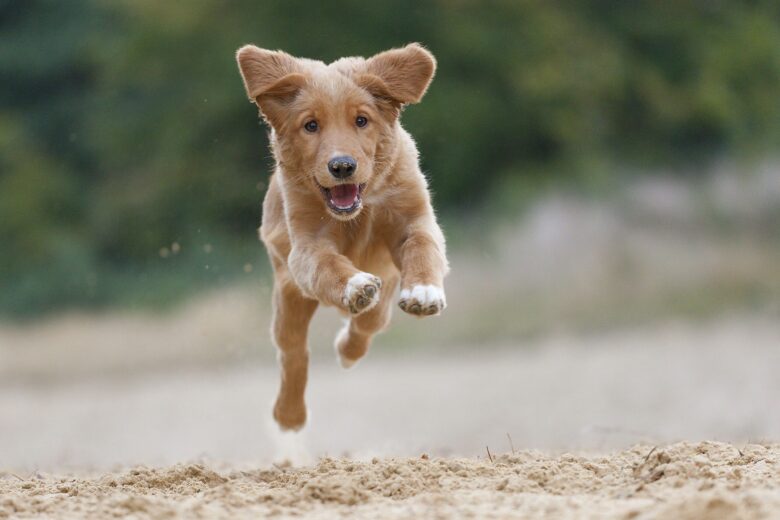
Patience is the key when allowing your dog to initiate contact with your new partner. Dogs have different comfort levels and personalities. While some may eagerly approach a new person, tails wagging, others may hang back to assess the situation. Encourage your significant other to extend a hand, palm down, for the dog to sniff, but to avoid making the first physical contact. This keeps the dog in control and lowers the risk of an adverse reaction, like growling or nipping, which could set a negative tone for future meetings.
Pay close attention to dog’s body language during this phase. If your dog is wagging their tail, moving closer, or showing other signs of positive interest, then there will likely be no problem if your partner initiates further interaction. In contrast, don’t hesitate to back off and give your dog space if they seem disinterested or nervous. It’s much better to let your dog warm up to a new person slowly instead of rushing the process and creating unnecessary stress for everyone.
5. Use Treats and Toys
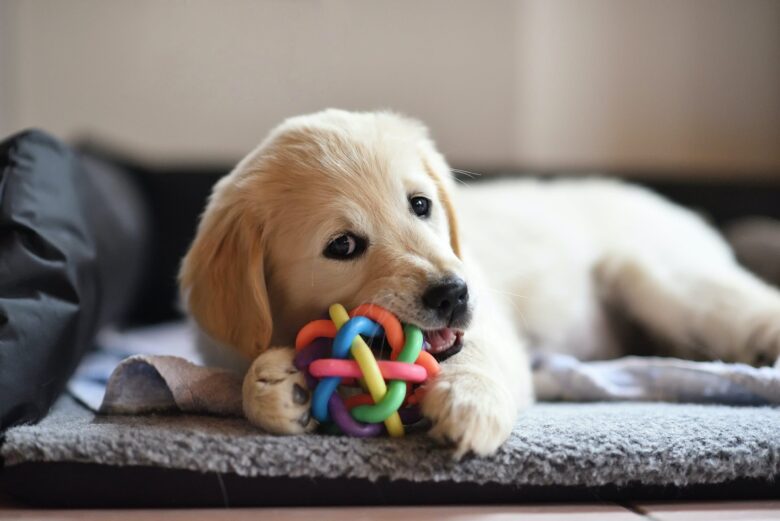
Positive reinforcement can work wonders when you’re trying to form a bond between your dog and your SO. Once initial contact is made and your dog seems comfortable, allow your partner to offer treats or a favorite toy. This can be especially effective if your dog already has positive associations with these items. The act of receiving something enjoyable from your significant other will help your dog build a favorable impression of them.
However, make sure that the treats and toys are offered in a manner consistent with how you’d usually give them. If your dog is used to sitting before getting a treat, have your partner ask for the same behavior to be demonstrated to them. Consistency reinforces the dog’s training and sends the message that the new person in their life is also a part of their normal routine. Just be cautious not to overdo the treats; the last thing you want is an upset canine stomach clouding an otherwise positive meeting.
Successfully introducing your dog to a new significant other will be a meaningful step towards integrating two important relationships in your life. Such a process requires patience, empathy, and a keen understanding of your dog’s comfort zones and boundaries. And while it may take time for your dog to warm up to your partner, the tips mentioned above should lay the groundwork for a harmonious coexistence between two presences in your life that you hold dear.

